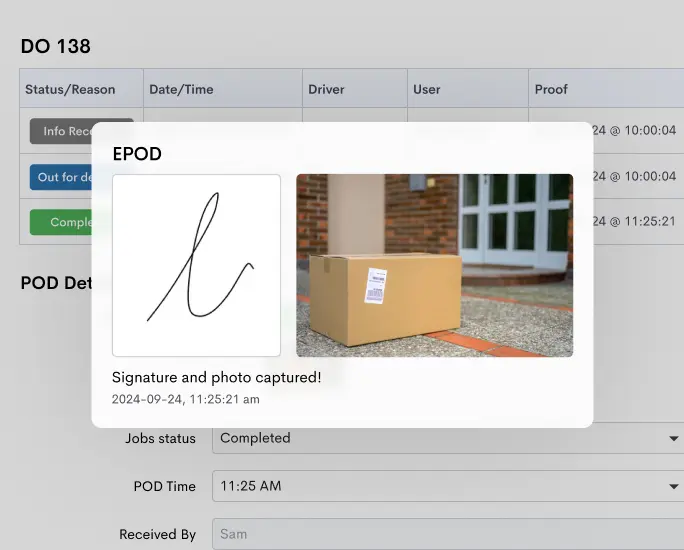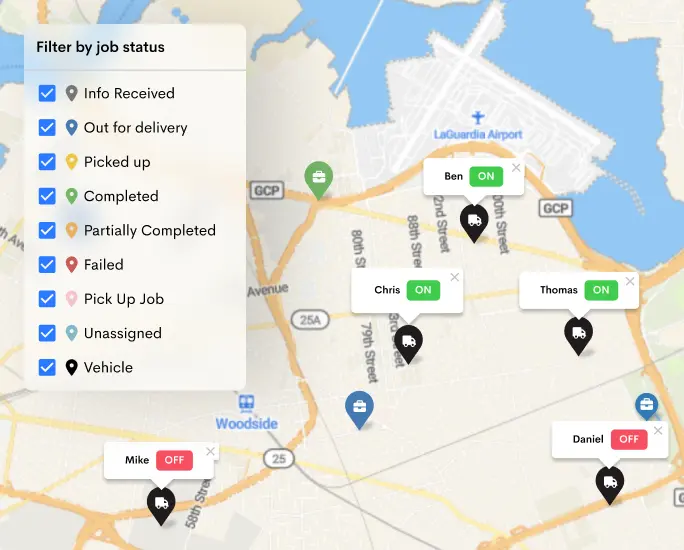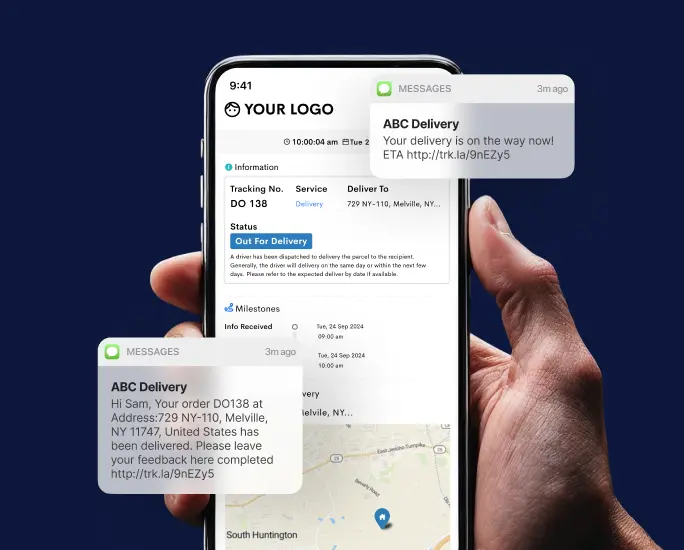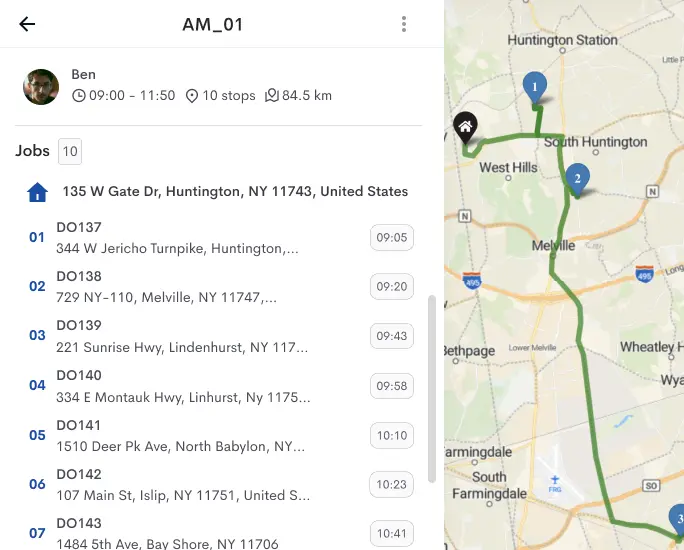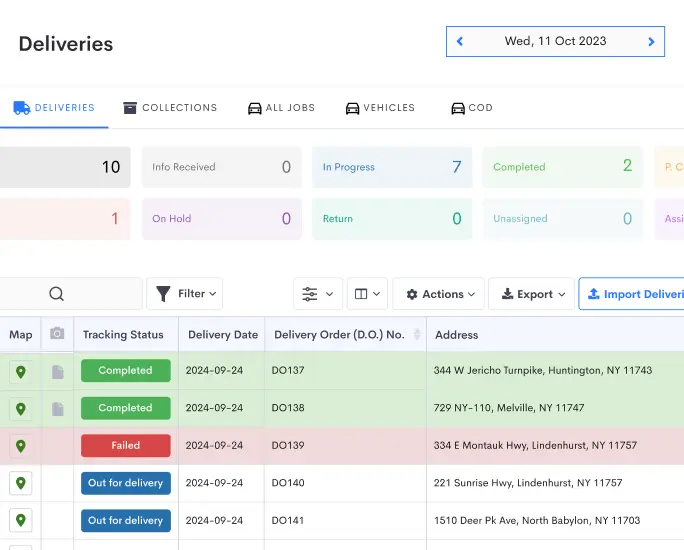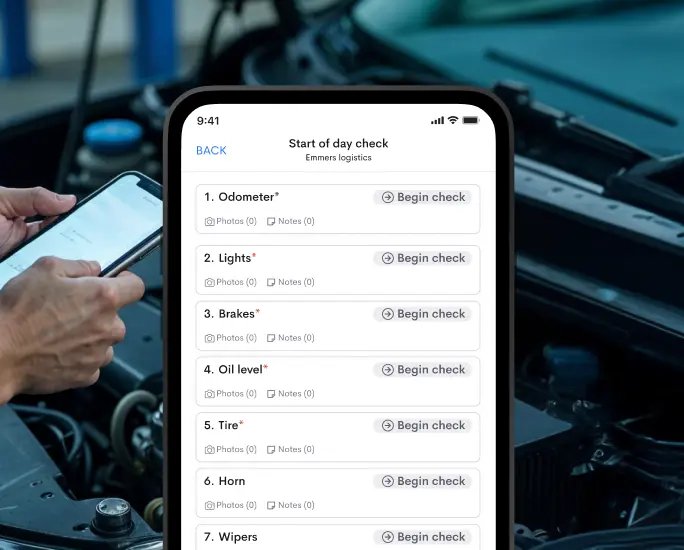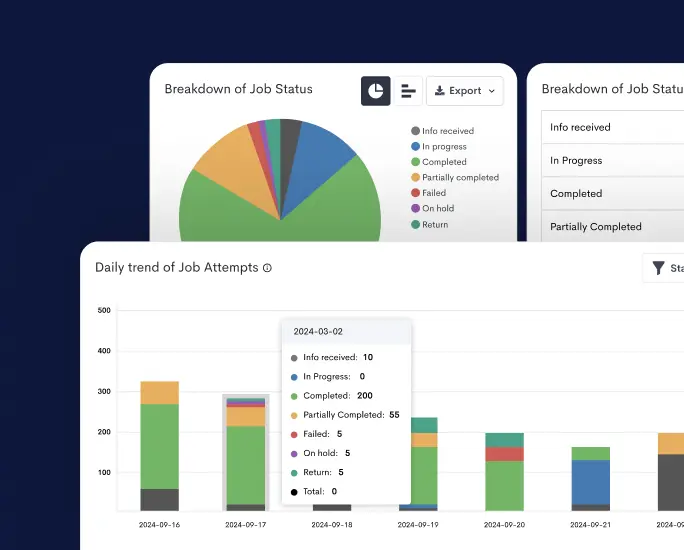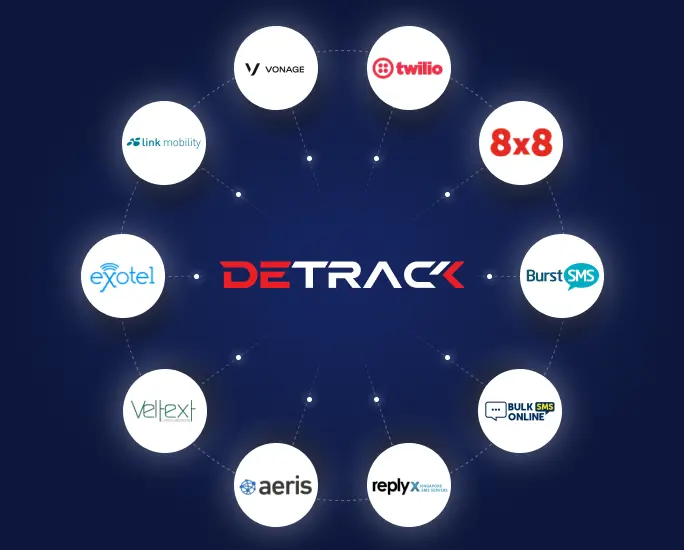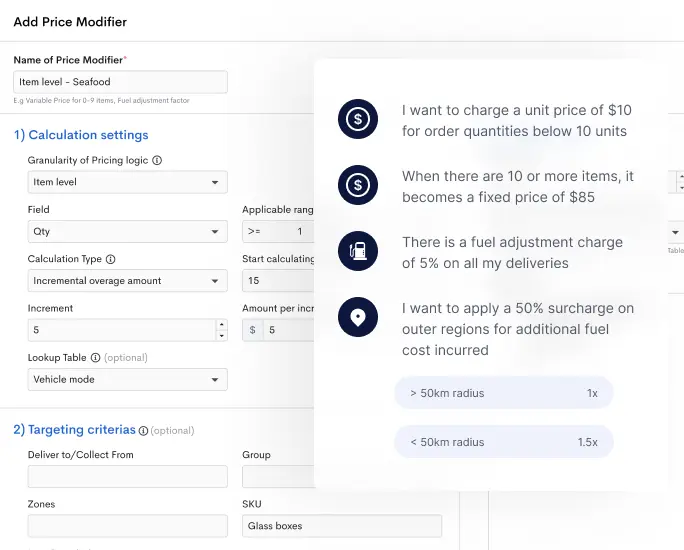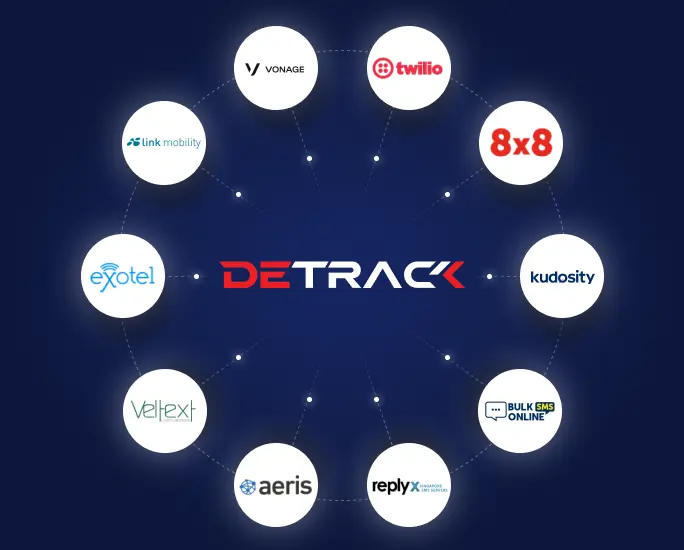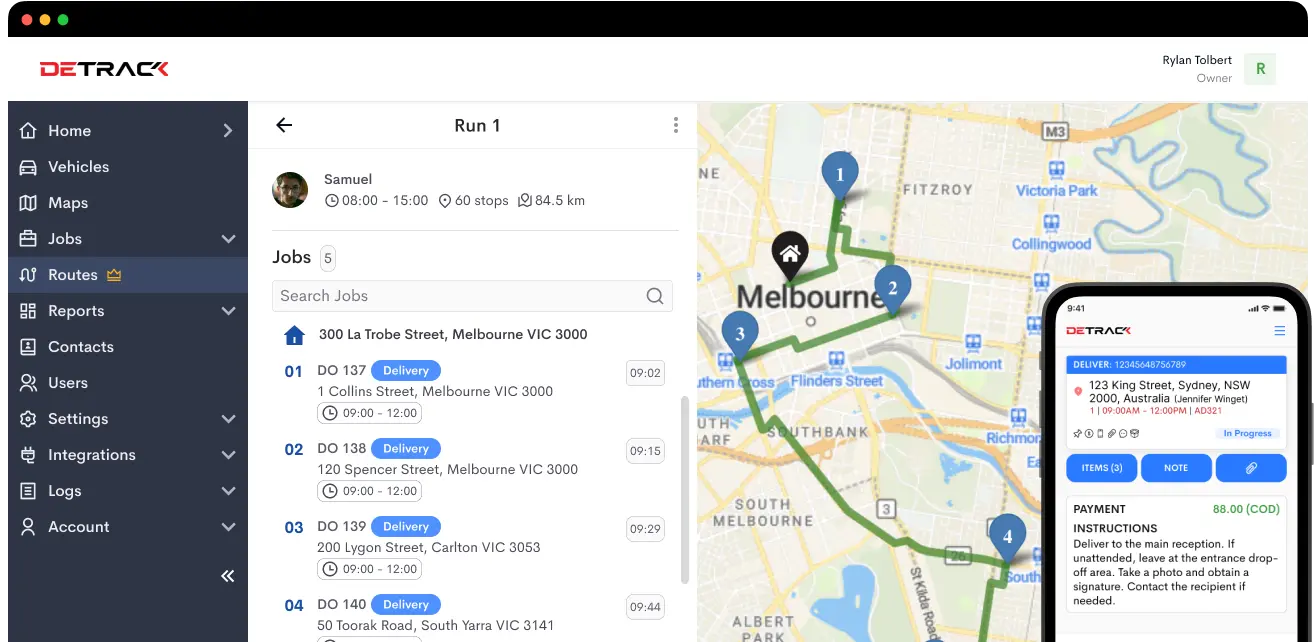Key Takeaways:
- Route planning maps out delivery stops, while route optimization finds the most efficient way to complete them.
- Optimized routes save time, reduce fuel costs, and increase delivery capacity without adding resources.
- Detrack simplifies route optimization with smart automation, live tracking, and seamless delivery management tools.
If you manage a delivery fleet, you’ve likely heard the terms “route planning” and “route optimization” used, sometimes interchangeably. But in modern logistics, they are not the same thing.
Understanding the distinction isn’t just semantics. It’s the difference between running a good delivery operation and a great one. One method is manual and reactive; the other is intelligent and proactive.
What is route planning?
Route Planning is the process of creating a workable path for deliveries. It answers the question: “Which stops should my drivers visit, and in what general order?”
Route planning considers addresses, delivery windows, vehicle capacity, and basic geographic constraints. It ensures feasible deliveries but doesn’t necessarily produce the most time- or cost-efficient route.
The limitations of manual planning
While planning gives you a route, it’s often inefficient. It fails to account for real-world variables that can derail a delivery day, such as:
- Traffic congestion
- Road closures or accidents
- Legal driving hours and break times
- Specific delivery time windows (e.g., 9 AM – 11 AM)
- The unique capabilities of each vehicle (e.g., a large truck can’t go down a narrow alley).
This is where route planning falls short, and where route optimization takes over.
What is route optimization?
Route Optimization is the process of finding the most efficient route possible, given a specific set of stops and constraints. It answers the question: “What is the fastest, most cost-effective, and practical sequence to complete all deliveries?”
Optimization uses algorithms and data—such as traffic, driver hours, and vehicle characteristics—to minimize driving time, fuel use, and delays, while maximizing on-time deliveries.
- The goal: To minimize driving time and fuel costs while maximizing the number of deliveries completed on time.
- The process: Automated and data-driven. The software crunches the numbers to find the most efficient sequence.
- The tools: AI-powered route optimization software like Detrack.
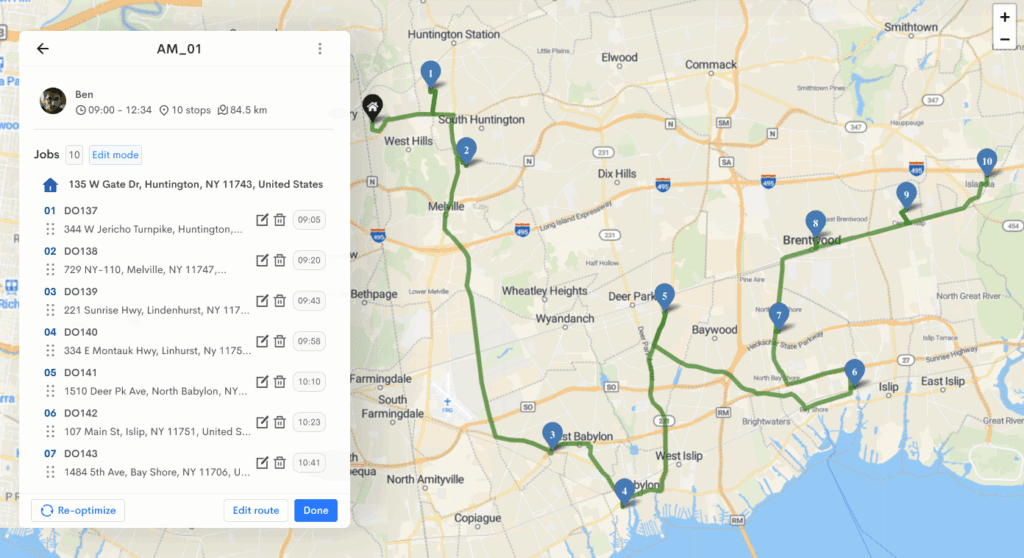
Side-by-side comparison: planning vs. optimization
| Feature | Route Planning | Route Optimization |
| Core Focus | “Where are the feasible routes/practical routes?” | “What’s the most efficient way to complete all stops?” |
| Process | Manual, experience-based | Automated, algorithm-driven |
| Key Inputs | List of addresses, depot | Addresses, depot, time windows, traffic, vehicle type, driver hours, etc. |
| Adaptability | Static changes require manual re-planning | Dynamic; adjusts in real-time for jobs additional jobs or jobs that have been transferred from another route |
| Efficiency | Creates a workable route | Creates the most cost-effective and time-effective route |
| Best For | Very small fleets with simple, fixed routes | Any business serious about scaling and reducing costs |
Why route optimization is a non-negotiable for modern fleets
Why spend time and energy on manual planning and processes while you’re also trying to run your business, manage teams and maintain customer loyalty? Here’s what you gain by switching to optimization:
- Significant cost reduction: Less fuel consumption, reduced vehicle wear-and-tear, and the ability for drivers to complete more deliveries per day directly boost your profit margin.
- Enhanced customer experience: Meeting delivery windows consistently and providing customers with accurate ETAs via live tracking builds trust and loyalty.
- Increased operational capacity: Optimize your existing resources to handle more orders without needing more vehicles or drivers.
- Reduced driver stress: Providing drivers with a clear, efficient, and realistic route improves their morale and reduces human error.
- Agility and scalability: When a last-minute order comes in, the software can seamlessly integrate it into the existing route with minimal disruption.
Beyond optimization: the Detrack advantage
At Detrack, we believe that while route optimization is a core tool for modern businesses, it’s only one part of a wider ecosystem of crucial delivery management tools you need to streamline your entire logistics operations. That’s why we’ve spent more than 10 years building a complete end-to-end delivery management solution.
After our powerful engine calculates the perfect route, we provide the tools to execute it flawlessly:
- Vehicle check: Keep your fleet safe and compliant with quick digital inspections. Detrack’s vehicle check feature streamlines fleet management, ensures safety, and helps maintain regulatory compliance.
- Live vehicle tracking: Monitor your entire fleet in real-time from a single dashboard.
- Electronic proof of delivery (ePOD): Drivers can capture signatures, photos, and notes instantly on their mobile devices, eliminating paper and automating proof.
- Automated customer notifications: Send proactive SMS or email alerts to customers with accurate ETAs and tracking links, drastically reducing “Where is my order?” calls.
- Seamless integrations: Connect Detrack with your existing TMS, ERP, or e-commerce platform (like Shopify, WooCommerce, etc.) for a fully automated workflow from order to delivery.
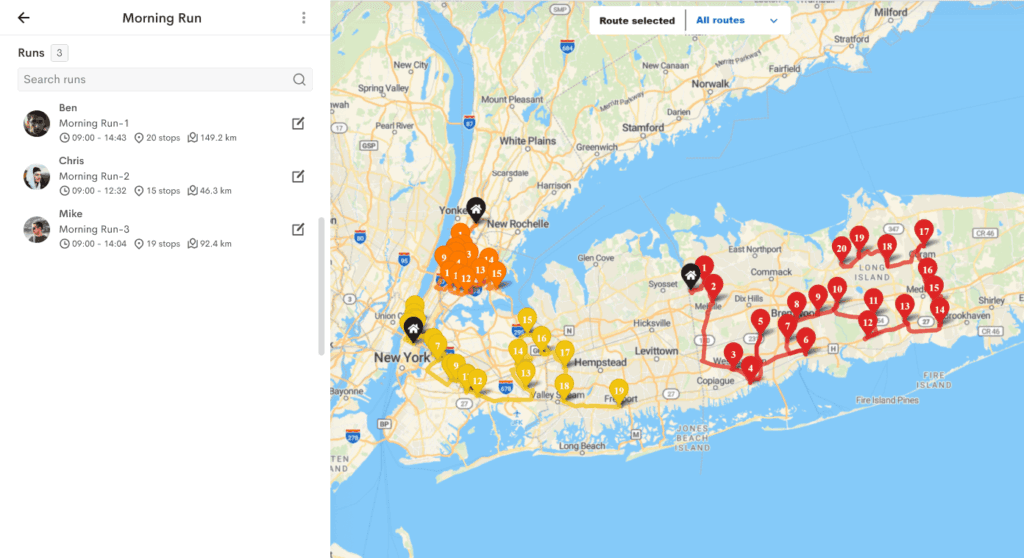
Ready to stop planning and start optimizing?
Don’t let inefficient routes drain your resources and frustrate your customers. The transition from manual planning to intelligent optimization is the single most impactful step you can take to modernize your delivery operation.
See the difference for yourself. Book a free, personalized demo with our experts today and discover how Detrack can optimize your routes, reduce costs, and delight your customers.
Route planning vs. route optimization: frequently asked questions
What’s the difference between route planning and route optimization?
Route planning focuses on mapping where drivers must go, usually done manually using maps or basic tools. Route optimization takes it further by using automation and data to find the most efficient, cost-saving paths in real time.
Why is route planning important?
Route planning is essential for organizing deliveries efficiently and ensuring drivers take logical, time-saving paths. It helps reduce unnecessary mileage, saves fuel, and improves delivery reliability.
What are the key factors that should be considered when planning a route?
Effective route planning considers delivery locations, time windows, traffic conditions, vehicle capacity, and driver schedules. These factors help create practical, compliant, and cost-efficient routes.
Can Detrack optimize my routes?
Yes. Detrack’s powerful route optimization engine automatically calculates the best routes based on distance, traffic, and delivery constraints. It helps you save time, cut costs, and deliver a smoother customer experience.
